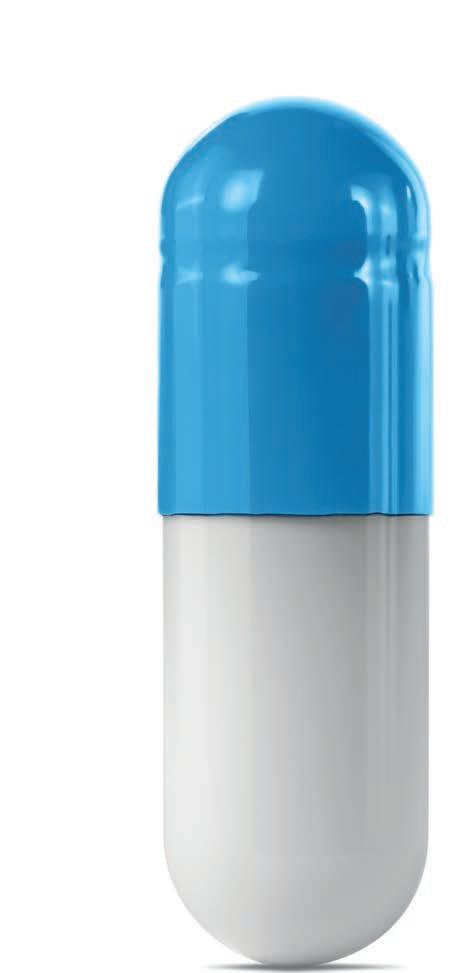NEWS ANALYSIS THE S&O 9
T
he NHS is worried about the emergence of strains of bacteria such as MRSA and C. diff that have developed resistance to many antibiotics. The biggest fear is that new strains may emerge that cannot be treated by any existing antibiotics. Health organisations across the world are therefore trying to reduce the use of antibiotics, especially for conditions that are not serious (NHS, 2019). It might not seem immediately apparent why this is a concern for podiatrists – most don’t prescribe antibiotics (see What proportion of the profession can prescribe antibiotics? on page 11) and the ones that do are very cautious about it. However, Covid-19 restrictions have reduced the amount of face-toface interactions between clinicians and patients with foot problems and a problem that already existed is getting worse.
The root of the problem It starts with the patients, says Katrina Waller, who has more than 34 years of experience in podiatry. Before setting up
ANTIBIOTICS
Resistance isn’t futile Covid restrictions have increased the risk of overprescribing and the incorrect prescription of antibiotics to patients, but what can podiatrists do? Words Steve Smethurst
Compleet Feet in Hampshire in 2007, she worked for 12 years full-time at the Ministry of Defence’s Royal Hospital Haslar until its closure. ‘As a podiatrist, it’s frustrating that the public doesn’t seem to be aware that they should see the appropriate health professional,’ says Katrina. ‘If patients have a problem with their feet, they tend to make a GP appointment. If they have an ingrown toenail, for example, the GP would take a look and probably prescribe antibiotics.’ Jacob Penkethman agrees. The principal diabetes podiatrist and independent prescriber at Cambridgeshire and Peterborough NHS Foundation Trust says it’s unusual to find anybody who presents with an obvious ingrowing toenail who hasn’t been prescribed antibiotics from their primary care physician, or other non-podiatrist prescriber. ‘As many symptoms of an ingrowing toenail can mimic infection, it usually leads to antibiotics being prescribed inappropriately,’ says Jacob. ‘For clinicians who aren’t used to seeing them, their first step will be to prescribe antibiotics.’ The problem even extends to post-nail surgery. ‘If we perform surgery and apply phenol to stop the nail from growing back again, this can also mimic signs of infection, which leads to GPs initiating antibiotics for a healthy healing wound,’ he says. ‘From an ingrowing toenail standpoint, there is a massive overuse of antibiotics in my opinion.’
Covid impact Lockdowns have exacerbated the situation, says Katrina: ‘It’s been difficult to get a face-to-face appointment with a GP. When set up and orchestrated well, a virtual appointment can suffice for many medical problems, but there are many flaws: no physical examination, no observation of patient mood, and not being able to do simple diagnostic tests. J U LY/AU G U ST 2 0 2 1 T H E P O D I AT R I ST
9-11 sando analysis_THE PODIATRIST JULY AUG_Podiatry Now.indd 9
22/06/2021 12:42








